GPCR/G protein

All GPCRs share a common seven trans-membrane structure. GPCRs are associated with heterotrimeric G-proteins which are GTP-binding proteins made of alpha, beta, and gamma subunits. When a ligand binds to GPCR, it activates the attached G-protein, the GDP is replaced with GTP. The activated G-protein then dissociates into an alpha and a beta-gamma complex which activates downstream signaling pathways. These intracellular signaling pathways include cAMP/PKA, calcium/NFAT, phospholipase C, protein tyrosine kinases, MAP kinases, PI-3-kinase, nitric oxide/cGMP, Rho, and JAK/STAT.
GPCRs are one of the most important therapeutic targets for various diseases, over 30% of all modern medicinal drugs target this family. Aberrant GPCR functions are involved in pathological conditions such as neurological, immunological and hormonal disorders. A large number of GPCRs have been identified, but whose ligands are not known, are classified as orphan receptors.
-
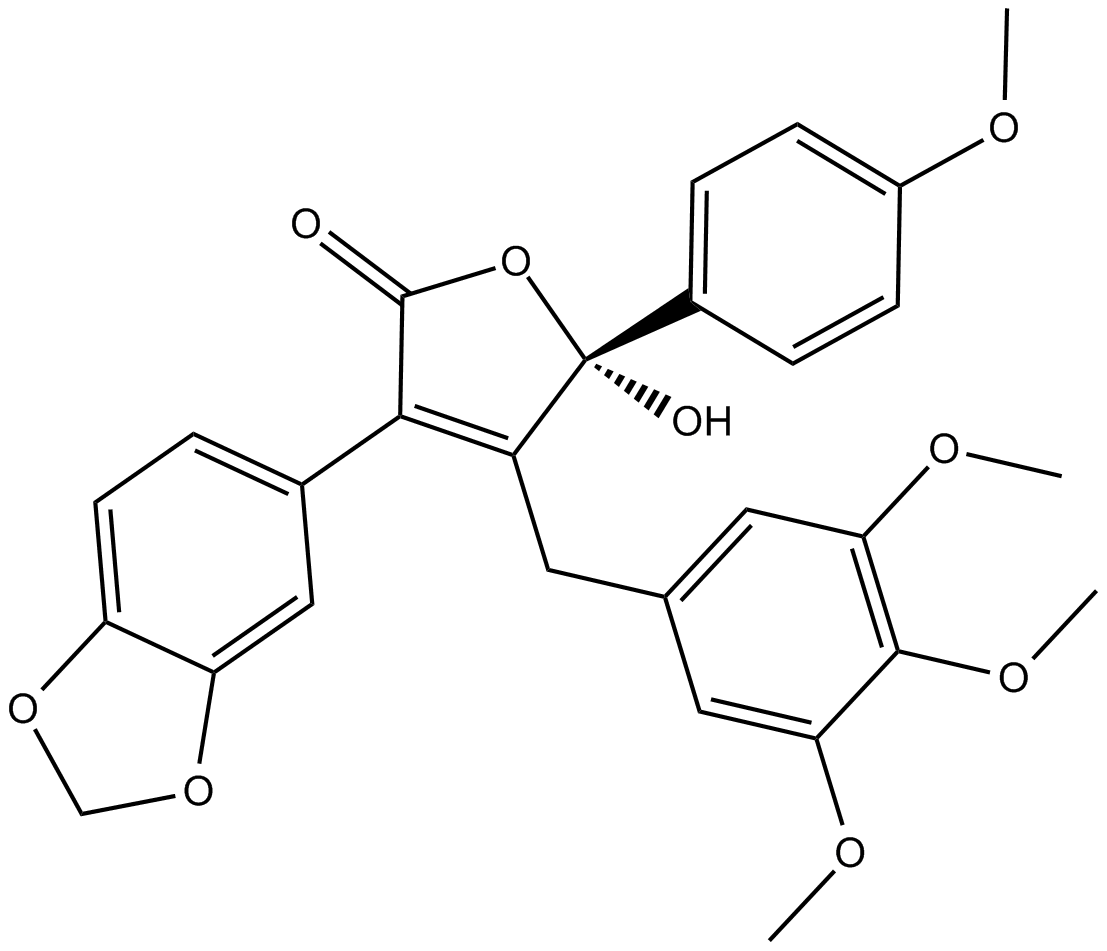 B7228 CI 1020Summary: endothelin-A receptor (ETA) antagonist
B7228 CI 1020Summary: endothelin-A receptor (ETA) antagonist -
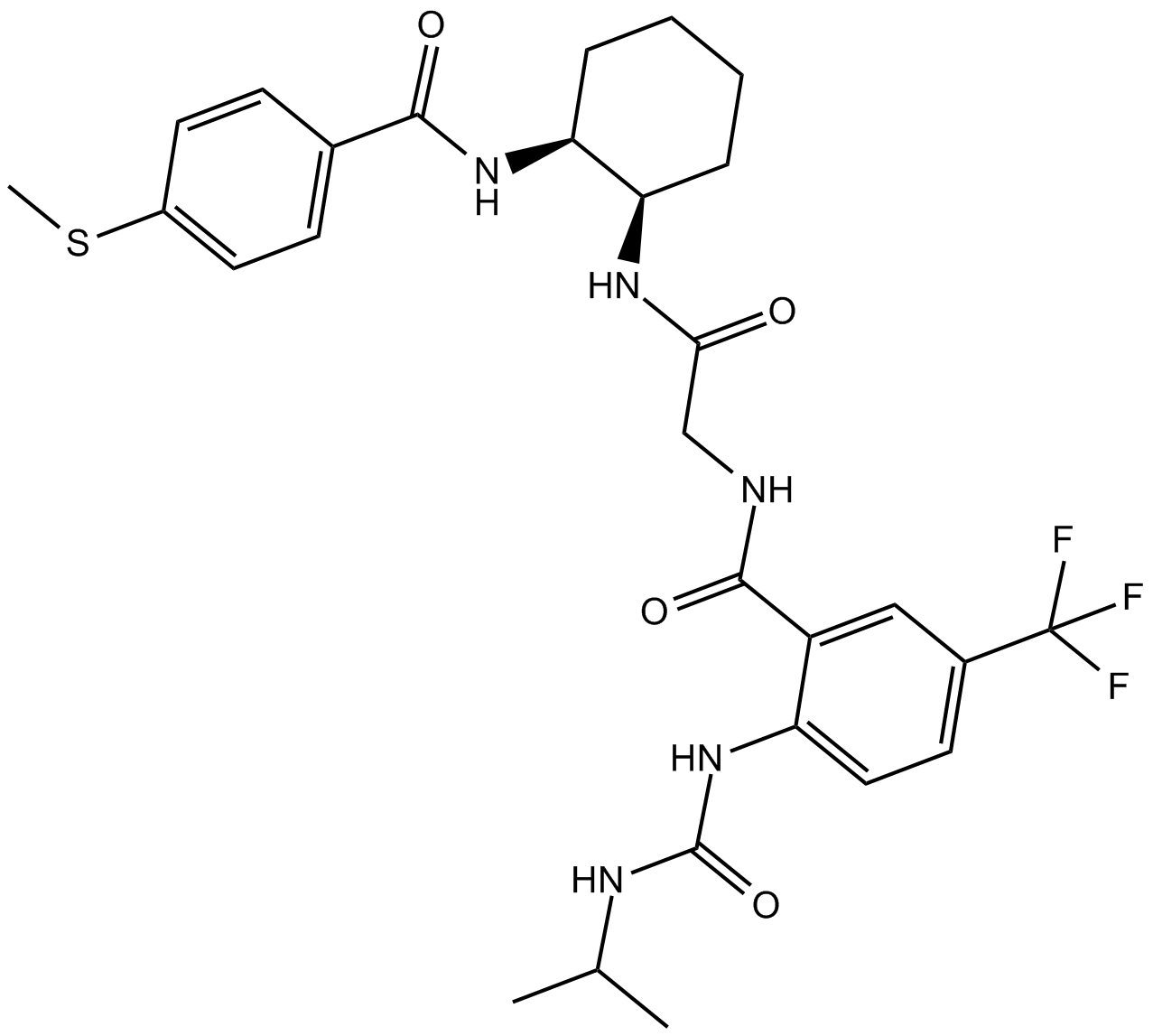 B7280 BMS CCR2 22Summary: CCR2 chemokine receptor antagonist
B7280 BMS CCR2 22Summary: CCR2 chemokine receptor antagonist -
 B5333 SB 265610Summary: CXCR2 antagonist, potent
B5333 SB 265610Summary: CXCR2 antagonist, potent -
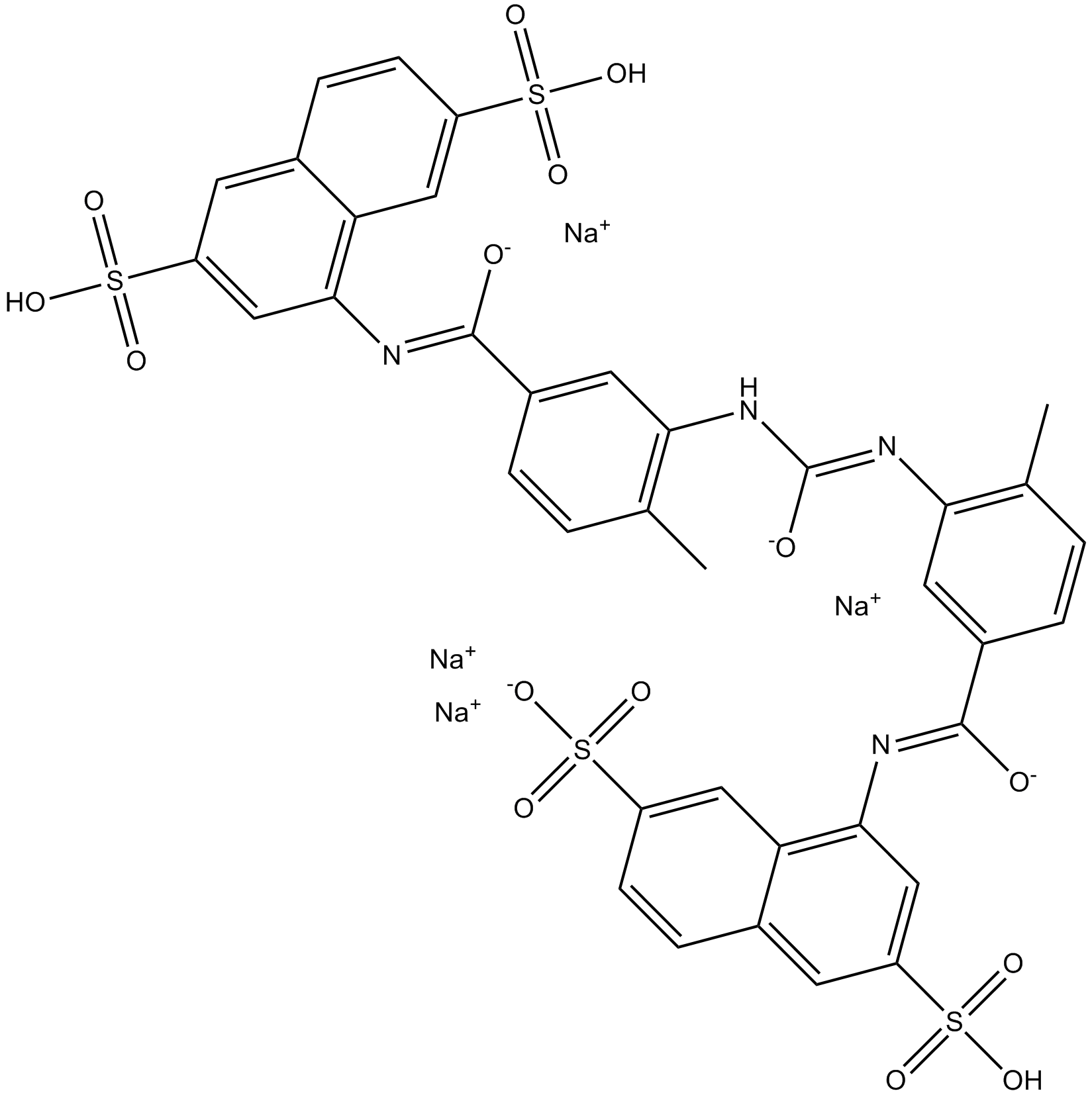 B7508 NF 340Summary: P2Y11 antagonist
B7508 NF 340Summary: P2Y11 antagonist -
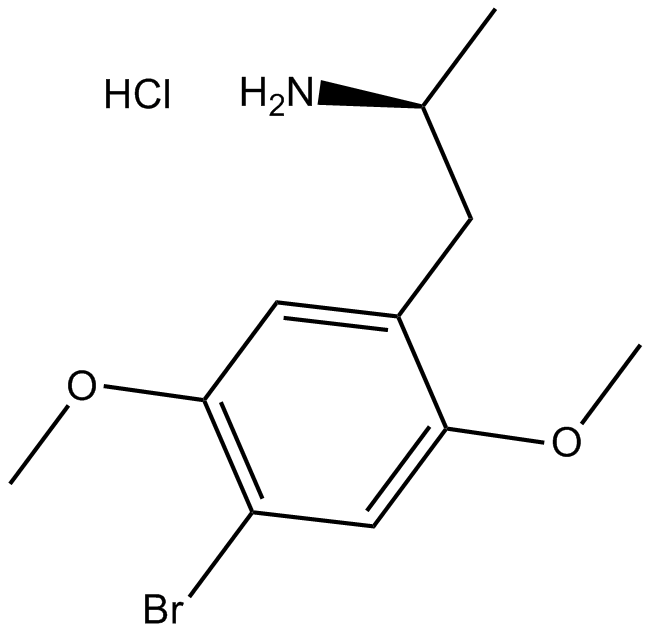 B5344 DOB hydrochlorideSummary: Selective 5-HT2 receptor agonist
B5344 DOB hydrochlorideSummary: Selective 5-HT2 receptor agonist -
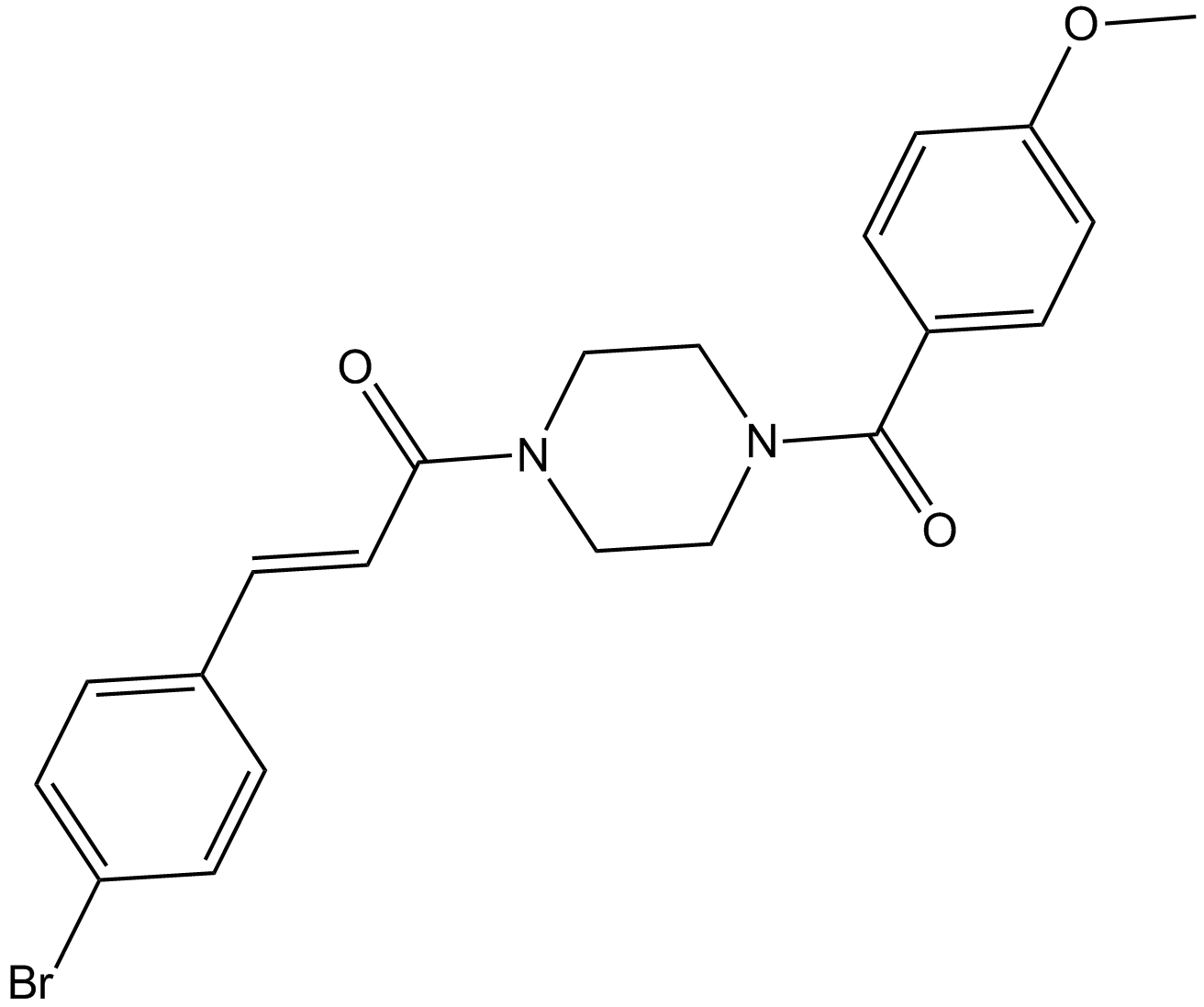 B8010 NIBR189Summary: EBI2 (GPR183) receptor antagonist
B8010 NIBR189Summary: EBI2 (GPR183) receptor antagonist -
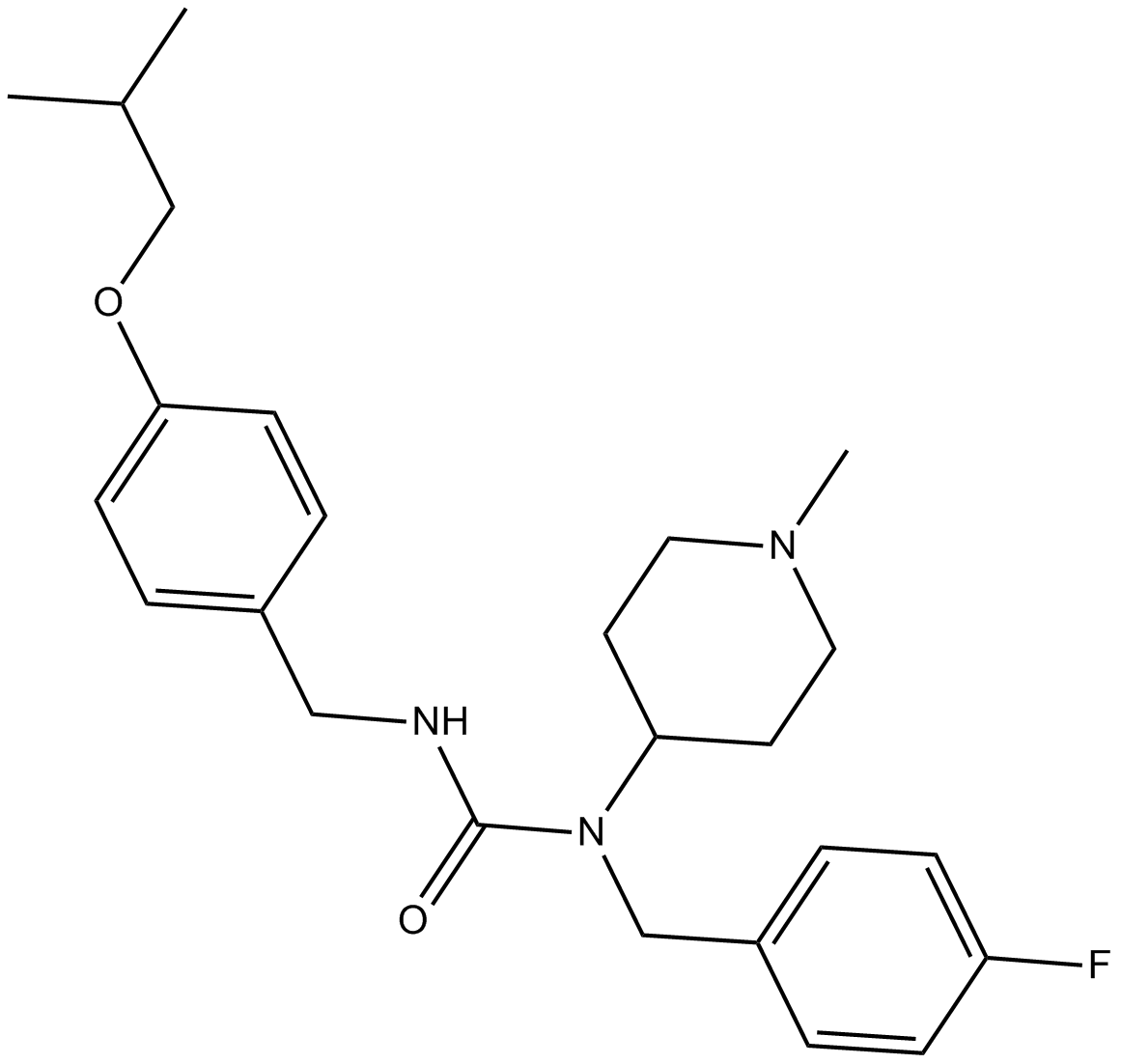 B8019 PimavanserinSummary: 5-HT2A inverse agonist
B8019 PimavanserinSummary: 5-HT2A inverse agonist -
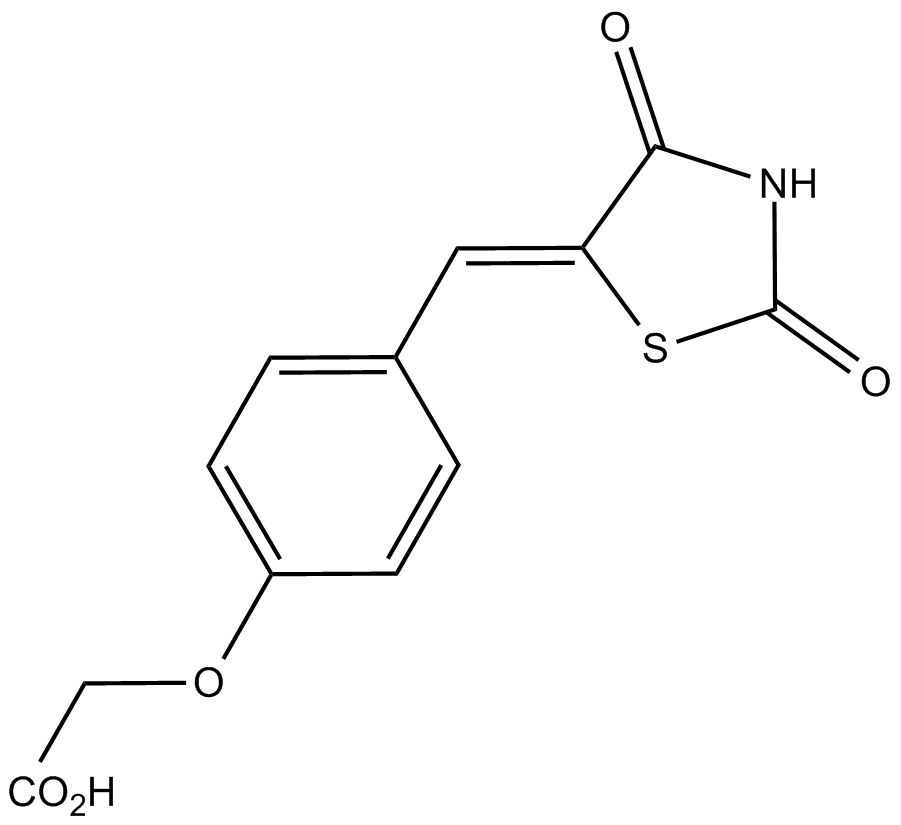 B7783 TCS 3035Summary: GPR35 agonist
B7783 TCS 3035Summary: GPR35 agonist -
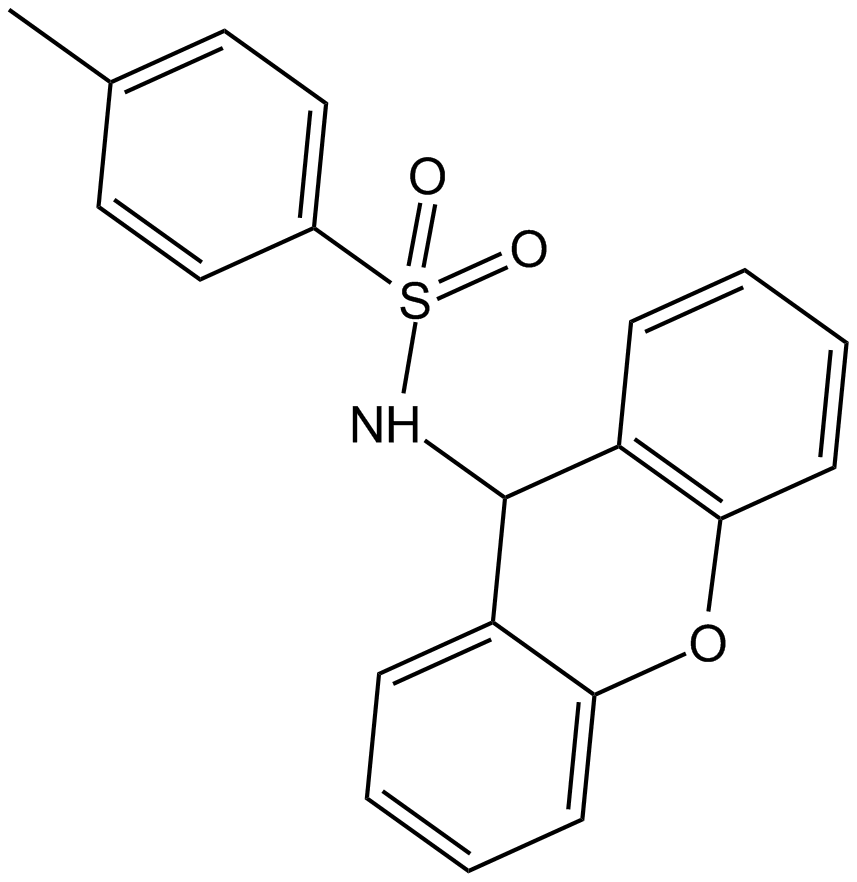 B7792 AH 76141 CitationTarget: Free Fatty Acid ReceptorsSummary: FFA4/GPR120 antagonist
B7792 AH 76141 CitationTarget: Free Fatty Acid ReceptorsSummary: FFA4/GPR120 antagonist -
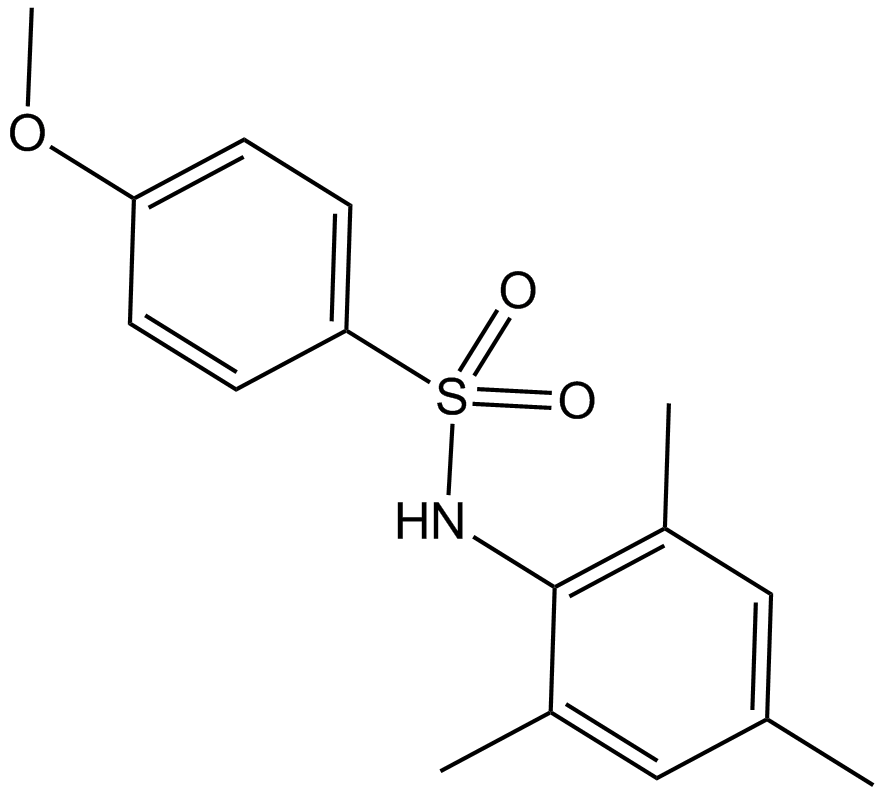 B7793 GSK 137647Summary: FFA4/GPR120 agonist
B7793 GSK 137647Summary: FFA4/GPR120 agonist

